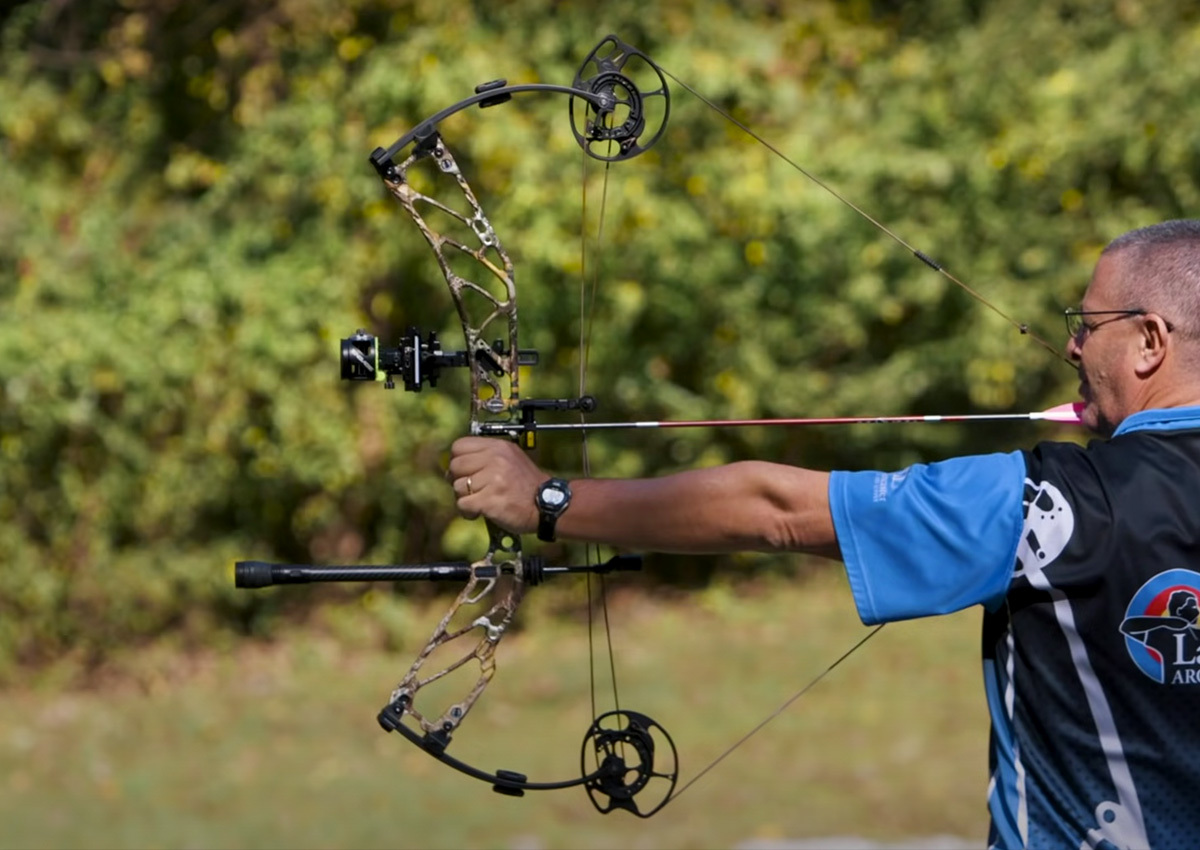Maximize Your Archery Accuracy With These Bow Stabilizer Techniques
One essential element that can dramatically influence your performance is the proper application of bow stabilizers. Whether you are a skilled archer looking to fine-tune your skills or a novice excited to enhance your precision, grasping these bow stabilizer techniques can be the secret to hitting your mark with unparalleled uniformity.
Benefits of Making Use Of Bow Stabilizers
Making use of bow stabilizers can considerably enhance an archer's precision and overall efficiency by reducing bow torque and resonance. Bow torque, brought on by the unequal distribution of weight in the bow, can cause disparities in shot positioning. By attaching a bow stabilizer, the weight is rearranged, decreasing the results of torque and assisting the archer achieve an extra constant shot. In addition, bow stabilizers moisten resonance, which not only boosts the comfort of capturing but likewise prevents the bow from jumping upon launch, therefore assisting in maintaining correct objective.
Furthermore, bow stabilizers can help in holding the bow steady, particularly during gusty problems or when shooting from longer distances. The added weight at the front of the bow provides stability and balance, permitting the archer to concentrate on aiming without the interruption of bow motion. On the whole, the advantages of using bow stabilizers extend beyond just accuracy, improving the archer's experience and efficiency in numerous shooting circumstances.
Choosing the Right Bow Stabilizer
Selecting the suitable bow stabilizer is important for enhancing your archery tools and boosting shooting efficiency. When picking a bow stabilizer, there are numerous variables to take into consideration to guarantee you locate the right suitable for your demands. Consider the weight of the stabilizer. Larger stabilizers can help in reducing bow torque and soak up even more resonance, causing a steadier objective. Nevertheless, lighter stabilizers provide more maneuverability, which can be beneficial in particular shooting scenarios.

Lastly, think about the layout of the stabilizer. Some stabilizers come with adjustable weights or dampeners that enable you to tailor the balance and feel of your bow. Eventually, picking the right bow stabilizer includes locating an equilibrium between weight, length, material, and style to boost your capturing accuracy and overall performance.
Proper Installment Techniques
To guarantee optimal performance and safety and security in archery, understanding correct installment strategies for your bow stabilizer is crucial. The first step in installing a bow stabilizer is to identify the proper positioning on your bow.
Next, firmly connect the stabilizer to the bow using the appropriate installing hardware. Some stabilizers come with flexible weights that can be added or gotten rid of to adjust the balance of your bow.

Adjusting Stabilizer Weight and Size
After guaranteeing the proper installation of your bow stabilizer, the next action entails changing see this page the weight and length to optimize its performance in boosting archery precision. The weight of the stabilizer plays a vital function in lessening bow movement during the shot cycle.
A longer stabilizer can give higher stability by boosting the distance in between the bow and the weight at the end of the stabilizer. On the other hand, a much shorter stabilizer uses more ability to move and may be liked by archers who value dexterity and quick activities during capturing.
Advanced Stabilizer Tuning Tips
Attaining optimal bow stability and accuracy in archery requires a nuanced approach to advanced stabilizer tuning. Advanced stabilizer adjusting entails fine-tuning various components to improve the bow's equilibrium, lower resonance, and improve general accuracy.
One more important element of advanced stabilizer tuning is maximizing the damping buildings of the stabilizer system. Discovering different materials for the stabilizer building and construction, such as carbon fiber or light weight aluminum, can likewise influence the bow's efficiency by changing its weight distribution and stiffness.
Verdict
In verdict, taking full advantage of archery precision can be attained through the correct option, installment, and adjustment of bow stabilizers. Overall, incorporating bow stabilizers into archery method can lead to improved efficiency and enhanced accuracy.
Utilizing bow stabilizers can substantially boost an archer's precision and total efficiency by minimizing bow torque and vibration. Longer stabilizers supply better security and equilibrium, specifically for long-distance capturing, while shorter stabilizers offer more convenience and are check here less complicated to steer in limited spaces (bow stabilizer). Carbon fiber stabilizers are lightweight and resilient, while aluminum stabilizers are robust and give superb vibration wetting
A longer stabilizer can give better security by increasing the distance between the bow and the weight at the end of the stabilizer.Another crucial aspect of innovative stabilizer tuning is optimizing the damping properties of the see page stabilizer system.